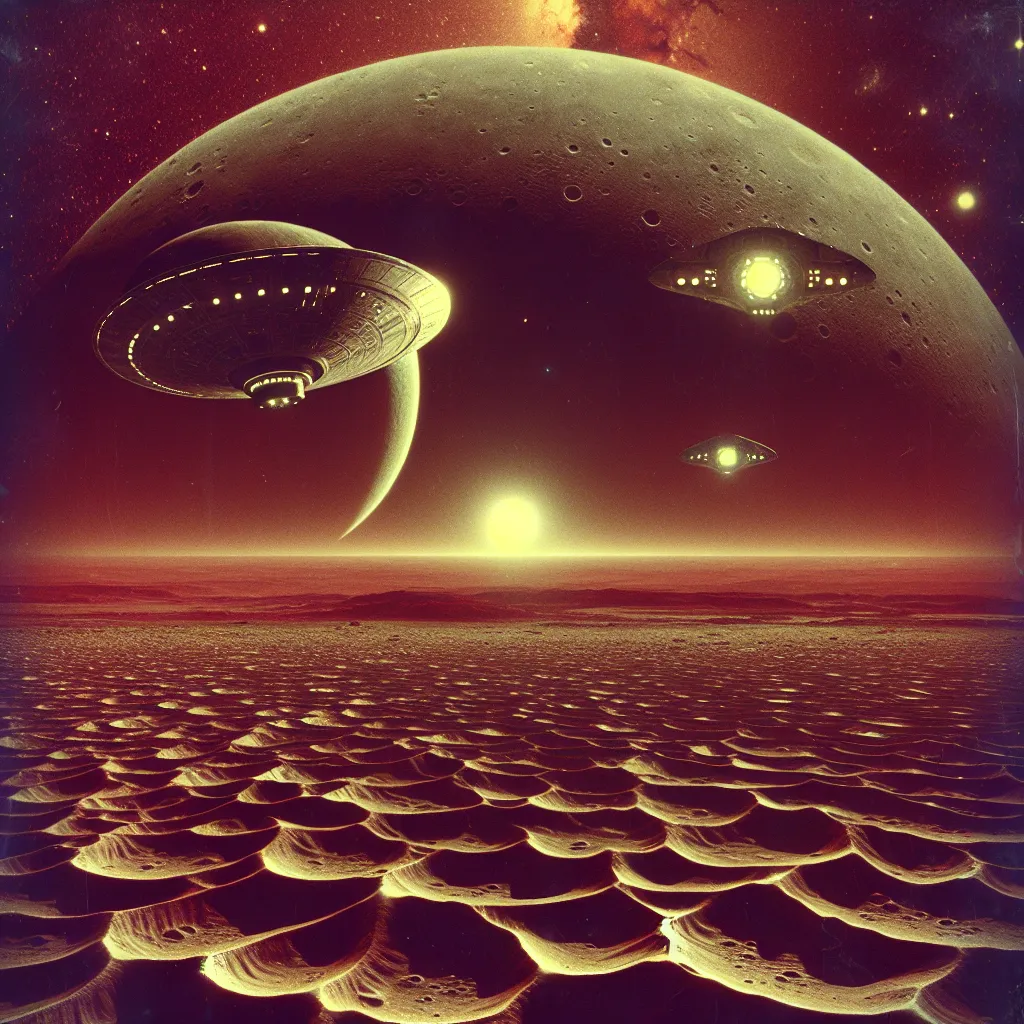During the peak of the Space Race in the late 1970s, NASA’s Viking probes made a landmark achievement by landing on Mars, capturing images and collecting data, which created a lot of buzz. The Soviet scientists, aiming for their own moment of glory, set their sights not on Mars but on its moon, Phobos, named after the Greek god of fear. They assumed landing there would be relatively simple in comparison to Mars. But this moon, with its eerie, barren landscape, turned out to be worth its name as unexpected and strange occurrences unfolded.
Mars has been a subject of endless debate about the potential for life. The desolate and rusty surface first didn’t seem to support life, but as studies progressed, opinions started shifting. For example, there’s evidence that Mars once had environments similar to Earth, complete with vast oceans of liquid water. This water disappeared when Mars lost its magnetic field millions of years ago, causing its atmosphere to be stripped away by solar wind.
In the quest for more answers, Phobos, Mars’ largest moon, became a focal point. Discovered in 1877, Phobos presents multiple enigmas. For one, it’s so close to Mars that it completes an orbit in just seven hours. But its mysterious characteristics, like massive craters and parallel grooves, have sparked much speculation, including theories suggesting it could be hollow.
Intriguingly, this theory gained traction when Soviet astronomers noticed Phobos’s orbit wasn’t normal—it seemed lighter than expected. A hollow structure was proposed as an explanation, revealing a deeper mystery about who might have created such an object and why.
In the late 1980s, the Soviet Union launched two probes, Phobos 1 and Phobos 2, aiming to study Mars and Phobos in detail. Driven by technological expertise, these probes represented a joint effort by 14 nations, including the US. However, misfortune struck; Phobos 1 lost contact due to human error, and Phobos 2 mysteriously went haywire just as it was about to reach its destination. Its last transmission back to Earth included puzzling images suggesting that it might have been attacked by an unidentified object. The Russian government kept these events and the concluding images classified for a time, adding to the intrigue.
Even more mysterious were the odd images Phobos 2 sent back. One such image appeared to show an unexplainable object hovering near the moon, adding fuel to the theories about alien activity or hidden technologies. Despite many attempts to explain these and other anomalies—such as grooves on Phobos, monolith structures, and what seems to be remnants of ancient cities on Mars—definitive answers remain elusive.
Debunking efforts suggest that many of these anomalies might be natural formations, peculiar lighting, or image processing errors. This includes the elliptical shadow that some thought was a UFO, later identified as just a trick of the eye sharpened through image editing.
Nonetheless, the allure of Phobos and Mars continues. The unanswered questions about Phobos’s unusual orbit, bizarre grooves, and the puzzling images captured by probes keep the scientific community on its toes. Japan has an upcoming mission scheduled to explore Phobos further, potentially unlocking new secrets about this enigmatic moon.
Even amid skepticism, there is hope that future missions will provide clearer answers about Mars and its moons, helping us unravel whether there’s life out there or merely fascinating natural phenomena awaiting exploration.






